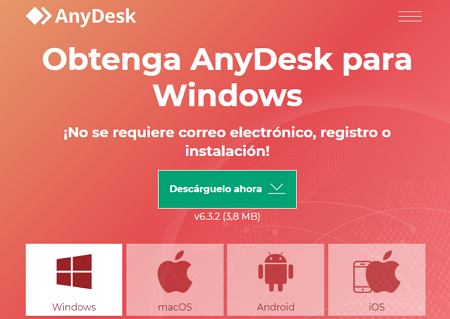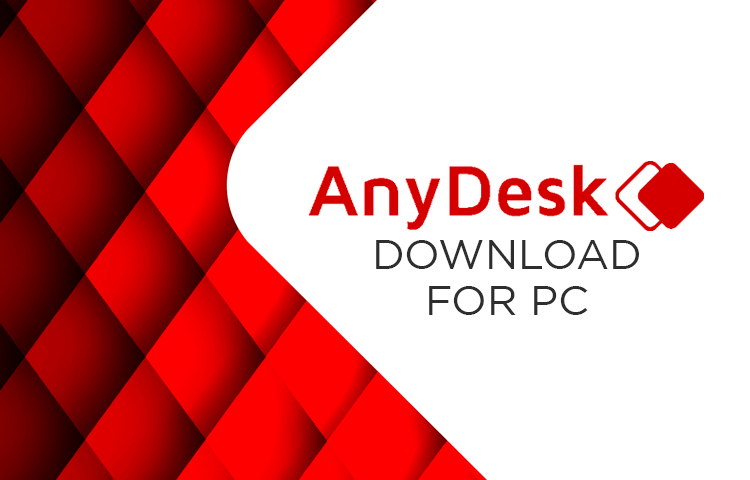

DRE and DRS offer a comprehensive range of functionalities capable of meeting the needs of businesses looking for a fast, simple, and enterprise-grade remote desktop connection AnyDesk alternative. What Is AnyDesk?ĪnyDesk is designed as a lightweight remote assistance and home office tool appropriate for large or small companies.

It’s intended to be useful for software vendors or app developers looking for a way to solve customer or client problems remotely. It also lets users connect from home to their office computers using the Unattended Access feature. Users gain features like file transfer, remote printing, and session recording.ĪnyDesk is built to offer high performance and security. In terms of performance, AnyDesk users can expect frame rates of 60 fps for most internet connections, though the software is built for low latency even with low bandwidth.

AnyDesk also claims its DeskRT codec feature, which compresses and transfers images, is unique among competitors. For security, AnyDesk uses TLS 1.2 technology and RSA 2048 asymmetric key exchange encryption, and you can “whitelist” trusted users. If you choose AnyDesk, you can expect flexibility, with compatibility for Linux, Windows, Mac OS, FreeBSD, iOS, and Android, with the mobile app included. Users can adjust some of the software’s features to suit their brand identity. The tool is also scalable, and charges only for active “seats.” While you can use AnyDesk as a cloud tool, it’s also possible to set up and use an Enterprise Network instead.

DRE uses advanced AES-256 encryption protocols (which are the foundation of TLS 1.2, used by AnyDesk). AnyDesk and DRE both offer multi-factor authentication options.


 0 kommentar(er)
0 kommentar(er)
